|
There's an Albert Einstein quote that [all right, rather embarrassingly] I think of almost daily:
"If you want your children to be intelligent, read them fairy tales. If you want them to be more intelligent, read them more fairy tales." Of course I love that the great physicist Einstein prioritized language and literature. But what strikes me repeatedly is that he understood that intelligence about LIFE is more important than an ability to solve an equation follow a set of rules. While modern research backs up the idea that reading and being read to improves children's academic abilities across the board, I don't think that was what Einstein was talking about. He realized, I think, that there was a danger in becoming so "educated" in career-focused skills that we would forget how to be human. Being human, and being the best humans we can be, is something that has been taught through fairy tales since stories were first uttered, I imagine. (Even Jesus taught through parables!) When I began reading Mio, My Son, by Astrid Lindgren, all I knew about it was that one of my favorite authors had written it, and one of my best-book-loving-friends (it's a whole category, you all know that) loved it. In fact, after my friend Liz wrote about it for Plough magazine back in 2021, the book's popularity took off so quickly that I literally could not find a copy anywhere. Liz came to my rescue and sent me a copy for Christmas, so I'm finally just getting on the Mio bandwagon. Start searching book sales and eBay, friends, because you're going to want to join me. Briefly, Mio is an unloved orphan boy who finds himself carried away to Farawayland, where he discovers he is in fact the beloved son of the great King. He walks in the garden with his father, rides through the fields with his magnificent horse, plays in the forest with his best friend. His life is everything he only ever dreamed of—until he becomes aware of an evil that has sidled its way into Farawayland, stealing children and turning their hearts to stone. He realizes he is the one destined to fight this evil, but he doesn't know how one little boy could conquer so strong an enemy. In many ways, Mio is vastly unlike the Astrid Lindgren books I've read thus far. Even with its madcap and unrealistic adventures, Pippi Longstocking and Ronia, the Robber's Daughter are very concretely set in the real world. More so with The Children of Noisy Village. My recent favorite, Seacrow Island, reads much like much-loved vintage stories of realistic children by Noel Streatfeild or even Beverly Cleary. Mio, on the the other hand, takes all of one chapter to let you know that you have been whisked away to fairyland just like Mio was. In that sense, it immediately brings to mind the works of Tolkien and Lewis and MacDonald (especially MacDonald in tone, and especially Tolkien in theme). With a genie in a bottle and a magic sword and children whisked away by an evil knight, it's as fairy tale as fairy tales get. And yet. The Astrid-Lindgren-ness of Astrid Lindgren can't help itself. Because where Mio shines is its portrayal of a very real, very human child. Mio, in his normal longing for a father and for a friend and for a pet, is every bit as concretely (and sometimes hilariously) human as Pippi or Tommy and Annika. Like every great fairy tale (and, again, this is what I think Einstein was talking about), Mio asks important—human—questions: How do we handle the loss of ones we love? How can we do the hard things that have to be done? Is there someone who could ever love us unconditionally? It answers these questions, not directly, but by inference, and perhaps that's what makes them stick all the better. The most striking feeling I came away with after closing the cover was this: "I am loved. And that love will give me the strength to do any hard thing that needs to be done." I highly recommend Liz's article for a more thoughtfully intellectual take on this story; I'm not sure if it was a mistake or a wise move, but I read her article right before sitting down to write this, and I found that she had already articulated 90% of my thoughts so perfectly that it was futile to reiterate them! Have you read Mio already? I'd love to know your thoughts! For more Marvelous Middle Grade Monday recommendations, check out Always in the Middle!
6 Comments
I used to be a huge fan of Young Adult books. Back in 2009, when I started reviewing books, I’d be sure that on every trip to the library, I picked up at least one book from the teen section. There was a lot I had loved about being a teenager, and it was special to see those experiences recreated on the pages of books. The circumstances were different, of course, but the feelings were there. The tension between being a child and being an adult...the fear of being asked to grow up too quickly...the pride at being able to step into the world of business and academics...the startling wonder of falling in love...
And then, somewhere along the line, the trends got darker and more intense and I no longer saw much of myself at all in those stories. Instead, the middle grade that I had always loved became more and more mature, until I mentally (and often literally) had to label them as “Early Middle Grade” and “Upper Middle Grade.” The Upper Middle Grade category had more or less replaced what YA used to be. Change is inevitable, and while I could lament this one at more length, it serves little purpose. Publishers publish what they think will sell, and the consumers determine the market. Tastes vary. I was in the minority, apparently. I thought I was alone altogether. But I’m just beginning to see a shift, a shift that tells me that more and more consumers are hoping for YA books with a little more innocent love, a little less passion; a little less violence, a little more adventure. More wonder. More newness. More overcoming of that good old teenage angst and less of letting it define us. On the front lines of this shift are the books of Owl’s Nest Publishers—a fairly new publishing house that has impressed me tremendously with the quality and content of their books. So let’s move on the actual review part of this essay, shall we, before my soap box tumbles? Thread of Dreams, by Emily Barnett, is a YA fantasy about a girl named Nova who lives in a world called Lyra—a world with no sun, where the moon shines at night and darknight is a time where evil and danger lurks. Lyra is connected to Earth through a rift that allows Lyran harvesters, such as Nova, to enter the dreams of humans and harvest moments of these dreams as threads that provide energy and power in Lyra. The humans can’t see the Lyrans—or they shouldn’t be able to. But one day Nova enters the dream of a boy named Arlo, who very much sees her and very much wants to know what she’s doing in his subconscious. Alight with the possibility that the world is not so closed off and hopeless as the Ancients of Lyra would have her believe, Nova finds a way to visit Arlo again and again...until an accident puts them both—and possibly Nova’s entire world—at risk. C. S. Lewis once said, “Even in literature and art, no man who bothers about originality will ever be original: whereas if you simply try to tell the truth (without caring twopence how often it has been told before) you will, nine times out of ten, become original without ever having noticed it.” Thread of Dreams is a good example of this. It feels wholly original and new to me. Yet it reminded me strongly of some of my favorite books: The Chronicles of Narnia, A Wrinkle in Time, even slightly of the more recent Lunar Chronicles. But it was not because Thread of Dreams was derivative in any way. Emily Barnett didn’t steal any plot points. She simply told the same truth. And some of those truths that Thread of Dreams tells are the very truths that drew me to the YA genre in the first place: Growing up means learning to let go of ourselves to find who we truly are. There is power in family and friendship and romantic love—different loves that we need at different moments. Wisdom lies in accepting oneself while still trying to better oneself. And the great, overarching truth: Love is stronger than hate. It will always overcome. Thread of Dreams releases on March 28, but you can pre-order it now from Owl's Nest, and I encourage you to do so! I highly recommend it for ages 12 (or a mature 11) and up. Happy Marvelous Middle Grade Monday, everyone! I love stories that blend old-world legends with new-world settings, so I was thrilled to read the description of the recently-released The Selkie’s Daughter, by Linda Crotta Brennan:
A richly imagined fantasy set in Nova Scotia where a young girl—part selkie, part human—must save her family... Brigit knows all the old songs and legends of Neve, the daughter of the sea god; of the warrior Finn MacCool; and of people who are not quite human. But Brigit knows the truth. It’s evident in the webbing between her fingers– webbing that must be cut. She’s the daughter of a selkie. A truth she must keep secret from everyone. But someone in her village is killing young seals. Angering the king of the selkie clan, who vows revenge. A curse that will bring storm, sickness, and death. To protect those she loves, Brigit must find a way to Sule Skerrie, the land of selkies, to confront the Great Selkie and protect the young seals from harm. Like sitting by a warm fireplace, The Selkie’s Daughter is an imaginative fantasy, steeped in Celtic mythology and rich with detail. Perfect for fans of mermaids and Studio Ghibli-esque stories. A few things I especially loved: —the setting. I suppose L. M. Montgomery got me hooked on stories set in Eastern Canada. I also have ancestors from this part of the world, so it holds a special pull for me. Linda Crotta Brennan did a brilliant job of bringing the Nova Scotia coast to life, vividly and intriguingly. —the characters. Oh, Brigit was wonderful! Heroic and bold when she needed to be, but also quiet, compassionate, and conflicted. The secondary characters are complex and conflicted as well; Alys and Margaret, Brigit’s aunt and cousin are both caring and kind to Brigit while turning a blind eye to the evil in their immediate family. I loved Peter, the newcomer to the village and Brigit’s faithful friend, as well as his uncle Agnus, the village’s Catholic priest. In a time when books are saturated with Catholic priests turning out to be the bad guys, I was touched to see Father Agnus was a priest like the ones I know: balanced, generous, and possessed of a hearty sense of humor. —the pacing. I expected a slow story, to be honest. And while I won’t say that The Selkie’s Daughter was fast-paced and adventure-packed, its perfectly drawn out drama and tension left me wanting to turn page after page. I couldn’t wait to find out what would happen next! All in all, this was a story I will heartily recommend and can’t wait to share with my children. For more Marvelous Middle Grade Monday recommendations, be sure to check out Always in the Middle! They say don’t judge a book by its cover. I try not to. I do, however, judge most books—at least a smidgen—by their first sentence. And The Many Assassinations of Samir, Seller of Dreams begins with a five star string of words. “The first time I was stoned to death by an angry mob, I was not even a criminal.” I didn’t even mean to keep reading (I have a to-read list a mile long, after all!) but I couldn’t help myself after a sentence like that. I was immediately pulled along with Omar (soon nicknamed Monkey) and his delightful, wheedling, story-selling master Samir as they sell their wares and wheedle for their lives along the ancient Silk Road.
This story is hard to summarize without spoilers, as so much depends on you following along with Monkey’s spellbinding narration. So, just to be sure I don’t say too much, here is how the publisher took on this difficult task: This is the tale of an exciting journey along the Silk Road with a young Monk and his newfound guardian, Samir, a larger than life character and the so-called “Seller of Dreams”. The man is a scammer; his biggest skill being the ability to talk his way into getting what he wants. While that talking did save Monkey’s life, it has left a lot of people furious with Samir— furious enough to hire assassins. Monkey decides to try and save Samir from the attempts on his life—as a way to pay off his debt! If he can save Samir six times, he’ll be a free man...but will they all survive that long? I loved the drama. I loved the perfectly timed and humorously handled forays into philosophy. I loved Monkey, with his uptight and cautious ways, and I loved Samir (the Professor Harold Hill of the Silk Road, if ever there was one). And I loved the storytelling most of all. Like Nayeri’s masterpiece Everything Sad is Untrue, this book is full of beautiful scenes and beautiful sentences and beautiful sentiments. Storytellers, you have a lot to learn on its pages. Story lovers, I defy you not to be entranced. For more Marvelous Middle Grade Monday recommendations, visit Always in the Middle! If my friend and fellow writer Anna Rose Johnson says I'll like a book… I probably will. (I think she's my mysterious reader twin.) So when she recommended the author Millie Florence, of course her new book magically floated to the top of my TBR pile. I hope you'll put it at the top of yours as well! In a few words, The Balter of Ashton Harper is: delightful. Old-fashioned. Humorous. Poignant. Most surprisingly, though, for a book that is so light-hearted and funny throughout, it ends with a serious kick of absolute, profound, life-changing meaning. As it happens, I read Balter during one of those weeks where a few of the artists in my home (myself included) were feeling a little uncertain, and a lot discouraged, about the art we're trying to make. Maybe that's the reason I cried while I read the last three chapters. Or maybe it was just that good. Here's the publisher's description: Ashton Harper has three problems and two of them are his sisters. First Drusilla, the oldest, who has decided that all she cares about is muslin and courtship. Second Zizi, the youngest, a stubborn optimist who is constantly pushing her brother outside his comfort zone, whether it’s in their dancing lessons or his disbelief in magic. And third, their invitation to audition for a ballroom dancing scholarship at the prestigious Overmorrow Academy of Arts, which could be either a dream come true or a hope-crushing failure. As a proud, sarcastic realist, Ashton is betting on the latter. The Harper siblings set out for Overmorrow, but their opportunity evaporates when mysterious magical ruins wreak havoc on the travelers. Ashton is separated from his sisters, trying to make sense of a power that he thought existed only in fairytales. Soon much more is at stake than attending the school of his dreams. A story of family and ambition, The Balter of Ashton Harper is woven with whimsy, hope, and Millie Florence’s signature light-hearted depth. Honestly, I have so much to learn about life and about the craft of writing from this lovely book. I am excited to read it again very soon when I read it aloud to my kids—with so many of them hoping to pursue art as a vocation, The Balter of Ashton Harper is going right onto our homeschool required reading list.
For more Marvelous Middle Grade Monday recommendations, check out Always in the Middle! Every week or so, my ten-year-old daughter asks me, “Mama, can you tell me again about some famous people who were dyslexic?”
It’s hard…feeling the “different” kid in a big family. It’s hard watching your younger siblings excel at things you’re struggling with. Even when you have so many things you’re brilliant at. Even when you have daily reminders that everyone is different in one way or another, because that’s part of the beauty of God’s plan for human nature. So hearing about people who were different in the same way you are can be a big comfort. Hans Christian Anderson, Agatha Christie, Bobby Flay, Avi, Patricia Polacco... The list of famous people whose brains were wired like my daughter’s is not a short one. But I’m still excited when I discover another name to add to the list, and today that name is Taylor Tyng, author of Clara Poole and the Long Way Round. If Roald Dahl and Jules Verne got together and collaborated on a book, it would look a lot like Clara Poole and the Long Way Round. Quirky characters and madcap situations; exciting round-the-world adventures; little pockets of unexpected pathos that make you tear up despite yourself... It’s hard to imagine a kid who wouldn’t enjoy reading a story like this one. I can’t wait to share it with my own kids (I didn’t have a chance just yet, but I will report back in the comments with their thoughts). But first I’m going to share with my daughter this little snippet from Taylor’s website: “I want children with dyslexia to express themselves without worrying about the words. It's not spelling that makes you intelligent — it's your ideas. Don't hide behind it. Don't feel ashamed. Know that you are one of millions who, like you, see the world differently. That difference in perspective can be a huge asset to you and everyone around you... I am dyslexic. I am also a righter... well, you get the point, and that's all that matters.” (Here’s the source, and the whole page is amazing.) Speaking of tearing up despite oneself...man. Ok, enough from me. Here’s the publisher’s description of Clara Poole: Mr. Lemoncello meets the Amazing Race in this quirky high-octane middle grade around-the-world adventure. When an unintended flight over Michigan in her class science project—a lawn chair held aloft by balloons—brings her instant celebrity, Clara Poole is invited to be the spokesperson for a round-the-world hot air balloon race. But when her overprotective father, still mourning the death of his wife, refuses, in a moment of brash defiance, Clara forges his signature and runs away to Paris to take her place in the skies. If only she’d read the fine print first. Partnered with a veteran aeronaut who wants nothing to do with her, Clara faces down ten treacherous stages in a race around the world—capturing flags in the perilous mountains of Tibet; being a guest of honor at a maybe-wedding in the Saharan desert; flying through rings of fire in Hong Kong—all while learning the ropes alongside a colorful cast of international competitors. But there are more dangers than those planned as part of the contest. Someone is trying to sabotage the competition. And surviving this race means Clara must come to terms with the tragedy that set her rashly escaping to the skies in the first place, and accepting that forgiving herself isn’t a process she has to undertake alone. Gorgeous prose and winning characters combine in this quirky, often-hilarious, sometimes heart-breaking, and thoroughly captivating middle grade adventure series starter from an incredible new talent. To find more Marvelous Middle Grade Monday recommendations, be sure to check out Always in the Middle! For all of you adults and teens and older middle grade readers who have loved Little House on the Prairie and hoped for a wider perspective on that time period and setting, I have a lovely book for you today!
A Sky Full of Song is the story of a Jewish family that flees persecution in Ukraine to make a new life on the North Dakota prairie. The middle child of five, Shoshana struggles with fitting in in her new school and new life, and wonders if it would be best to hide their Jewish heritage from her new schoolmates and friends. Here’s the publisher’s description: After fleeing persecution in the Russian Empire, eleven-year-old Shoshana and her family, Jewish immigrants, start a new life on the prairie. Shoshana takes fierce joy in the wild beauty of the plains and the thrill of forging a new, American identity. But it’s not as simple for her older sister, Libke, who misses their Ukrainian village and doesn’t pick up English as quickly or make new friends as easily. Desperate to fit in, Shoshana finds herself hiding her Jewish identity in the face of prejudice, just as Libke insists they preserve it. For the first time, Shoshana is at odds with her beloved sister, and has to look deep inside herself to realize that her family’s difference is their greatest strength. By listening to the music that’s lived in her heart all along, Shoshana finds new meaning in the Jewish expression all beginnings are difficult , as well as in the resilience and traditions her people have brought all the way to the North Dakota prairie. My take: This book is spectacularly written; highly compelling, deeply moving. I loved learning more about what it would have looked like for a Jewish family to transport their customs and traditions to the New World. Shoshana is a complex and very likeable character, and I loved the big family interaction with her siblings (super cute literary toddlers are my favorite). I would give a content warning before you hand this to young readers who loved Little House and want more of the same. The content is definitely more intense than anything you’d encounter in Laura Ingalls Wilder’s books, particularly the depictions of the violent persecution Shoshana and her family experience both in Ukraine and North Dakota. There are also a few scenes revolving around Libke getting her first period, and she and Shoshana are very scared until their mother explains what’s going on; while ultimately their mother’s explanation is very positive, I wouldn’t want my young reader to read the “scary” descriptions if we hadn’t had a chance to discuss this together yet. (I did wonder why the mother in the book wouldn’t have prepared Libke for her first period, and it seemed a little bit forced to add drama.) I’ll be handing this off to my 12+ readers, but your children may be ready at a different age. For more Marvelous Middle Grade Monday recommendations, check out Always in the Middle! Besides being amazing writers, do you know what Lewis Carrol, J. R. R. Tolkien, C. S. Lewis, T. H. White, G. K. Chesterton, Madeleine L’Engle, Brian Jacques, and Neil Gaiman (and many, many others) have in common? They were all deeply influenced by the writing of a humble Scottish minister and pioneer of fantasy literature, George MacDonald. Sarah Mackenzie, author of The Read Aloud Family, often discusses a concept she calls “reading upstream.” Basically, use your love of a certain book or author as a starting point to explore more books and authors. If you delve into the things that influenced that writer or work, you’re “reading upstream” and gaining a greater understanding of the thing you love—as well as finding new things to love! If you begin reading upstream of almost any fantasy author of the past century, you’re going to find yourself at a big river of inspiration called George MacDonald. I’ve read a few of MacDonald’s works aloud to my family—they’re particular fans of The Princess and the Goblin illustrated by Arthur Hughes. But it can be hard to find some of his lesser-known works, so I was thrilled when I discovered that Word on Fire Spark just came out with a beautiful new edition of The Golden Key, including two more of MacDonald’s lesser-read fairy tales, The Light Princess and Little Daylight. Just look at this beautiful cover! And the illustrations by Anastasia Nesterova are perfect for these stories (which is saying a lot, considering that MacDonald has been illustrated by some of the greatest artists of the golden age of illustration). While each of the stories in this collection are fairy tales rich with symbolism, they are very different from one another. The Golden Key is about two neglected children who stumble into a fairy world and must go on a quest. The Light Princess is a wry and humorous story about a princess whose gravity (both on a physical and metaphorical level) has been stolen by an evil witch. Little Daylight highlights MacDonald’s humor as he creates a topsy-turvy verson of Sleeping Beauty, in which the princess is cursed to sleep during the day and wax and wane like the moon when she awakes at night. For those of us who have the pleasure of reading MacDonald in a post-Tolkien age, it’s impossible to read without Tolkien’s thoughts on fairy stories intruding (pleasantly) into our minds. Take this quote, for example, from his essay On Fairy-Stories: "It was in fairy-stories that I first divined the potency of the words, and the wonder of things, such as stone, and wood, and iron; tree and grass; house and fire; bread and wine." You don’t have to search hard in MacDonald’s stories to find this potency and wonder. But what struck me most on my current reading was another fairy story element Tolkien wrote of at length: that of the comfort of finding true joy and happy endings. In today’s world, you only need to pick up your phone to find a world full of unhappy stories. So perhaps fairy stories, with their reminder that happy endings are possible and true, are more important now than ever. Did you ever hear the Albert Eistein quote about fairy tales? “If you want your children to be intelligent,” he said, “read them fairy tales. If you want them to be very intelligent, read them more fairy tales.” Tokien or Lewis or L’Engle might adapt that for today’s audiences. I certainly will: “If you want your children to be resilient… to be faithful… to be hopeful… to be kind… read them fairy tales. If you want them to be saints and heroes, read them more fairy tales.” The Golden Key is a good place to start. Here is the link to order from Word on Fire Spark (I think it’s on sale right now!): https://bookstore.wordonfire.org/products/the-golden-key For more Marvelous Middle Grade Monday recommendations, check out Always in the Middle! I am so, SO excited to share with you all a book I'd been dying to read since I first heard of its existence. The Luminous Life of Lucy Landry won't be released until March 5 of next year, but I hope you all start pre-ordering and requesting your libraries to buy it as soon as you can, because it's beautiful and poignant and old-fashioned and wonderful.
Here's the publisher's description: Lucy, a spirited French-Ojibwe orphan, is sent to the stormy waters of Lake Superior to live with a mysterious family of lighthouse-keepers—and, she hopes, to find the legendary necklace her father spent his life seeking… Selena Lucy Landry (named for a ship, as every sailor’s child should be) has been frightened of the water ever since she lost her father at sea. But with no one else to care for her, she’s sent to foster with the Martins—a large Anishinaabe family living on a lighthouse in the middle of stormy Lake Superior. The Martin family is big, hard-working, and close, and Lucy—who has always been a dreamer—struggles to fit in. Can she go one day without ruining the laundry or forgetting the sweeping? Will she ever be less afraid of the lake? Although life at the lighthouse isn’t what Lucy hoped for, it is beautiful—ships come and go, waves pound the rocks—and it has one major It’s near the site of a famous shipwreck, a shipwreck that went down with a treasure her father wanted more than anything . If Lucy can find that treasure—a priceless ruby necklace—won’t it be like having Papa back again, just a little bit? But someone else is hunting for the treasure, too. And as the lighthouse company becomes increasingly skeptical that the Martins can juggle Lucy and their duties, Lucy and the Martin children will need to find the necklace quickly—or they may not have a home at all. The Luminous Life of Lucy Landry is a timelessly sweet tale of found family from rising Ojibwe voice Anna Rose Johnson, author of NPR Best Book of the Year The Star That Always Stays . Perfect for fans of L.M. Montgomery and Karina Yan Glaser! I'd like to say that if any of you aren't at least a little bit tempted by a description that encompasses 1) a heroine reminiscent of and L. M. Montgomery character, 2) a big family story, 3) a treasure hunt, and 4) A LIGHTHOUSE… well, you might be human but are you actually a happy person? ;) Those elements make me very, very happy as a reader. They really made this story so beautiful and so much fun. I won't write at length today about each of the lovely elements of Lucy Landry. But I do want to focus on the big family aspect, as that's solidly in my wheelhouse. A lot of big family stories capture the chaos and fun of a family of many siblings. Many get the sibling rivalry spot on, and most portray the firm bond of love between brothers and sisters. Few, in my experience, capture the way that it's not just the good things about us, but also our flaws and failures and annoying little habits that allow us to help each other grow. Family is a school of love and a school of life. Without rubbing up against each other's rough edges, we wouldn't have the chance to smooth out our own. The Luminous Life of Lucy Landry portrays this aspect of big family life more accurately than any story I've ever read. Lucy is a very flawed character. The Martins are, too. They don't get along very well at the onset, and it's not just a misunderstanding they grow out of—it's their flaws, front and center, there for everyone to see. But Lucy and the Martins are also, well, wonderful. They are more virtuous than they are flawed, and those virtues do a lot to ease that work of softening edges. And of course, you can't go wrong when you throw in a good adventure and a treasure hunt! As I said, The Luminous Life of Lucy Landry is available for pre-order now, and releases this coming March. In the meantime, you can check out Always in the Middle for more Marvelous Middle Grade Monday recommendations! I remember writing a review years ago (can't track it down now) in which I said I'd read a grocery list if Kate DiCamillo wrote it. I stand by that sentiment. Kate DiCamillo has the ability to take the most basic, simple of stories and make it captivating.
I bring that up only because it was rather hard to pin down what is so wonderful about Kate's newest book, The Puppets of Spelhorst. The ostensible main characters of this original fairy tale are puppets, therefore they cannot make choices or—in themselves—move the action forward. They move from the hands of one person to another, hardly allowing the reader the pleasure of following any human character just as you start to really care about them. The story is simple. The entire drama unfolds in under 150 small, highly illustrated pages. And yet… it's no grocery list. Kate DiCamillo's storytelling is incisive. With simple language and not a single wasted word, she gets to the heart of what it means to be human, what courage looks like, what beauty can do to us, what it means to be part of a story. She masterfully weaves together the simple, passing tales of each of the humans the puppets encounter as the toys look for their own story, and only the reader can really see the deeper story, the deeper roles they play. To borrow a quote from the book itself, the feeling I had the entire time reading it was, "It's all so beautiful… I wonder what will happen next." Finally, I can't neglect to mention Julie Morstad's gorgeous illustrations. They complement and enhance the simplicity and beauty of the author's writing perfectly. A complete delight. |
About meHi! I'm Faith. I blog about books and creativity, family and faith. Welcome! Archives
November 2023
Categories
All
|
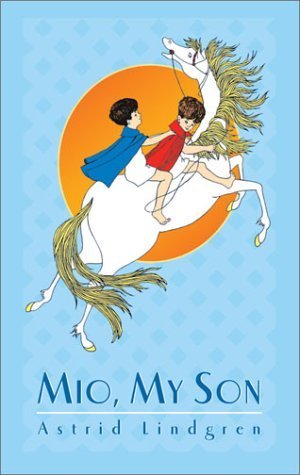
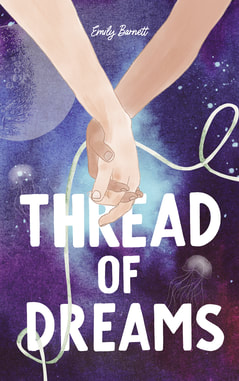
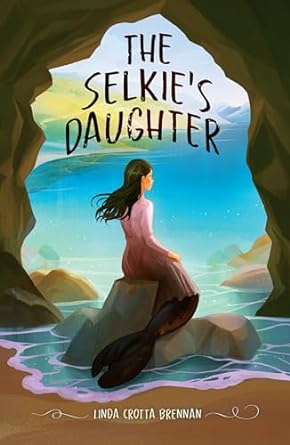
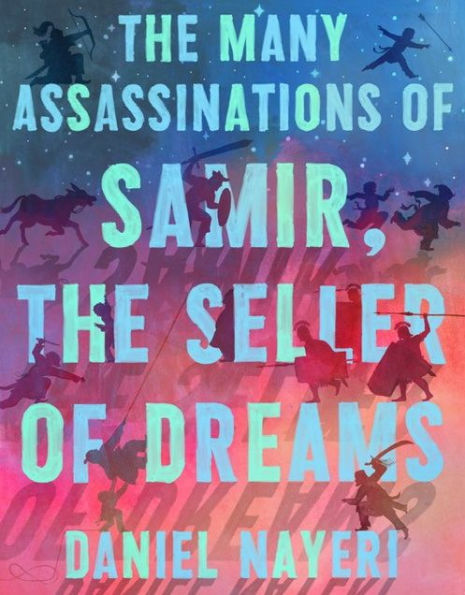
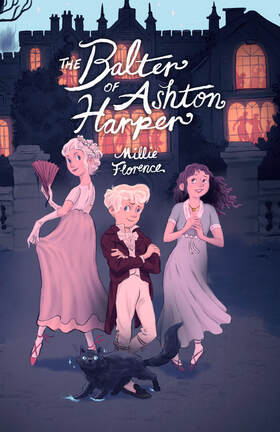
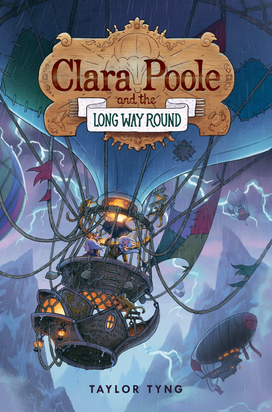
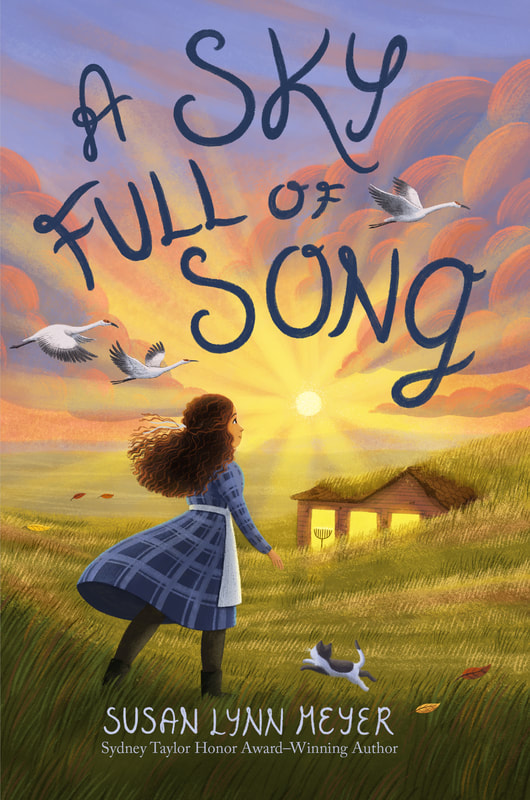
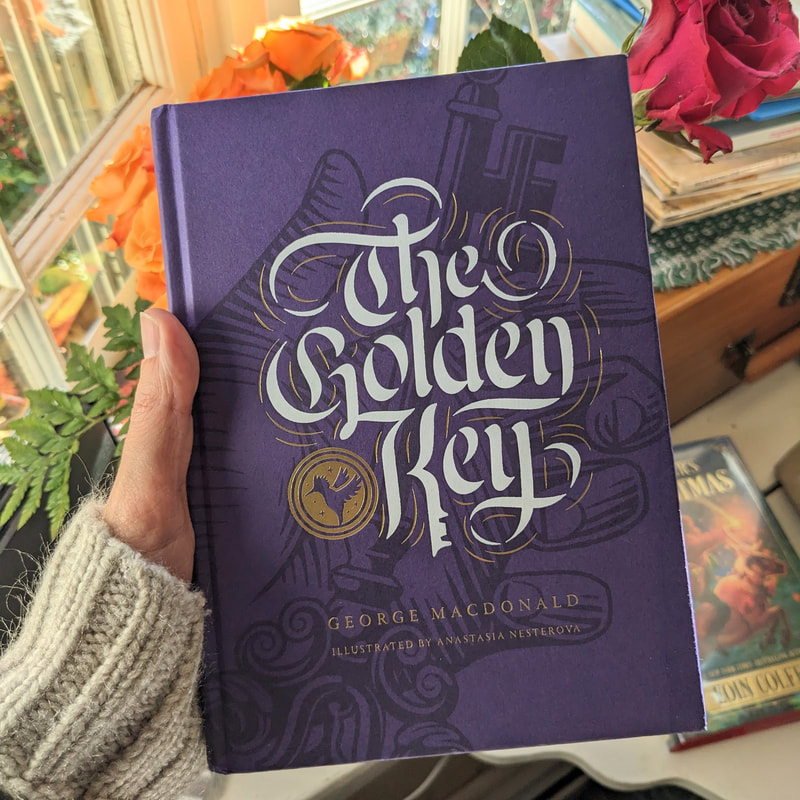
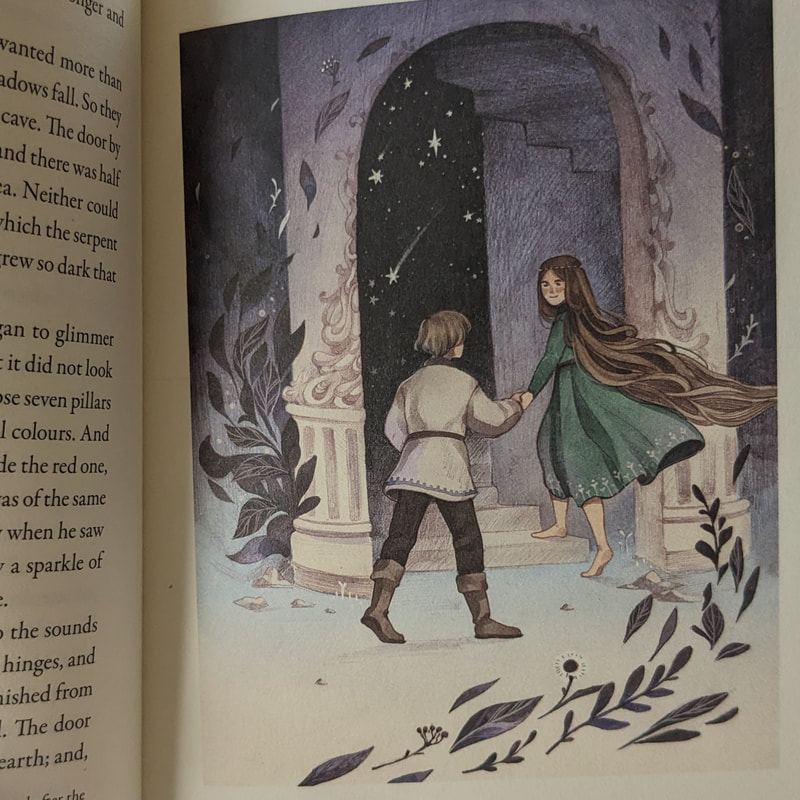
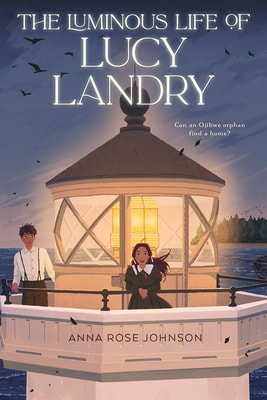
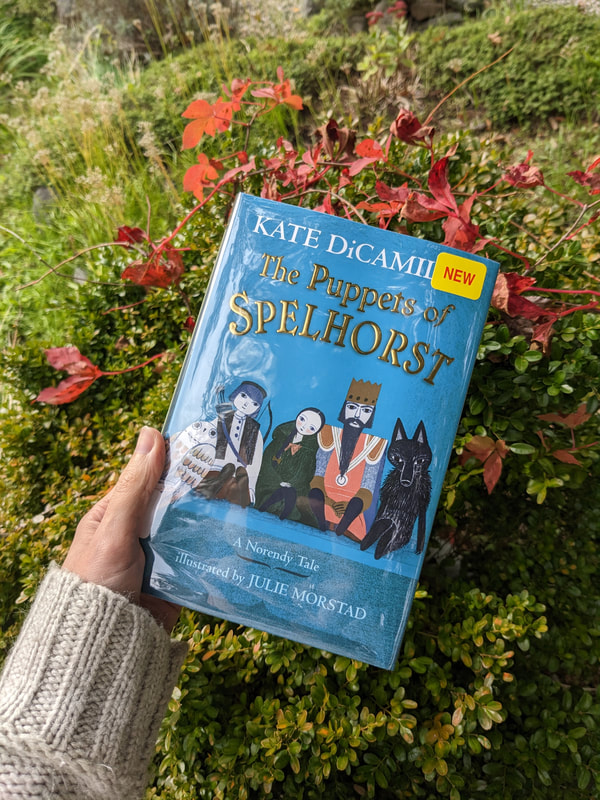
 RSS Feed
RSS Feed